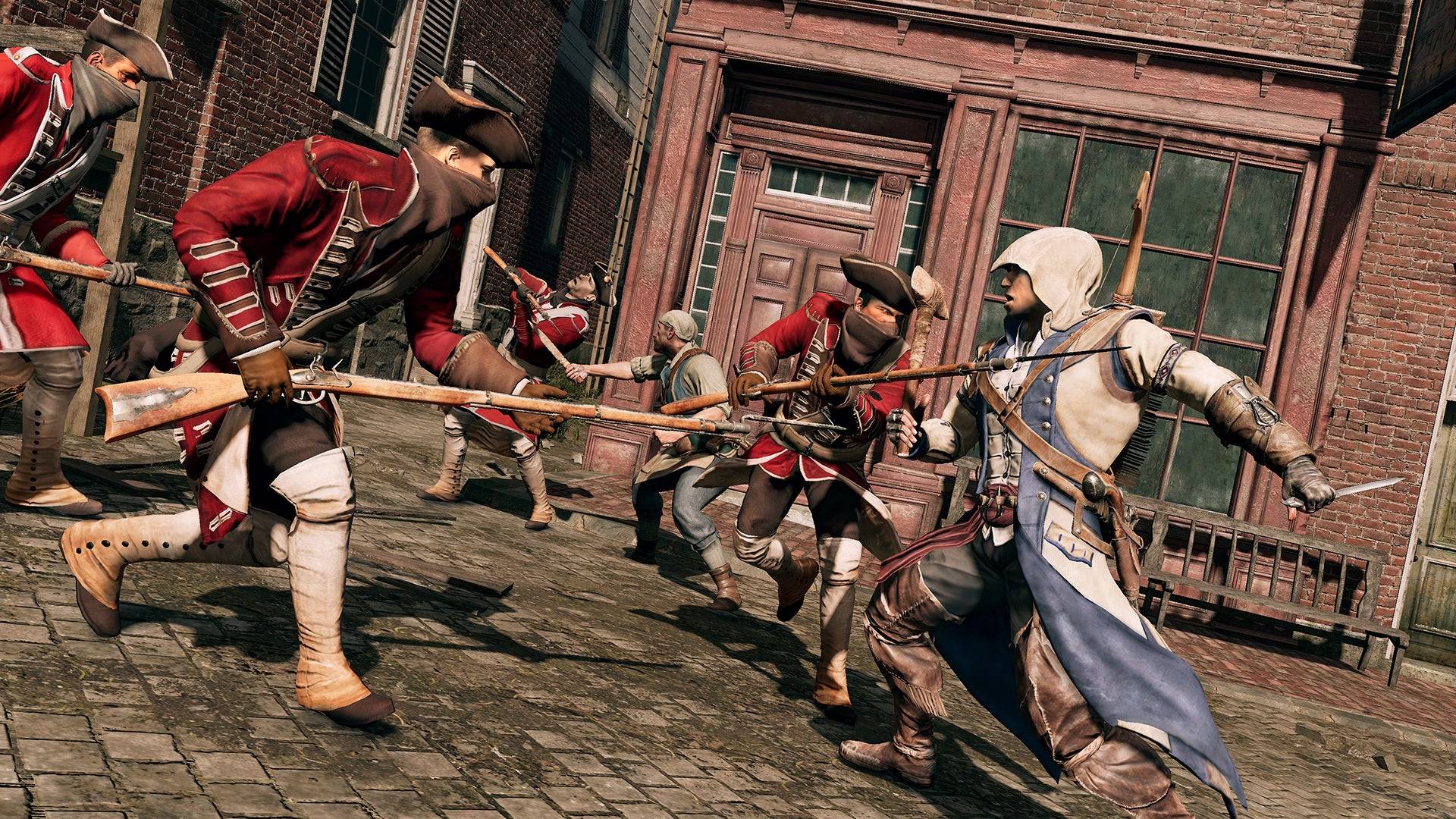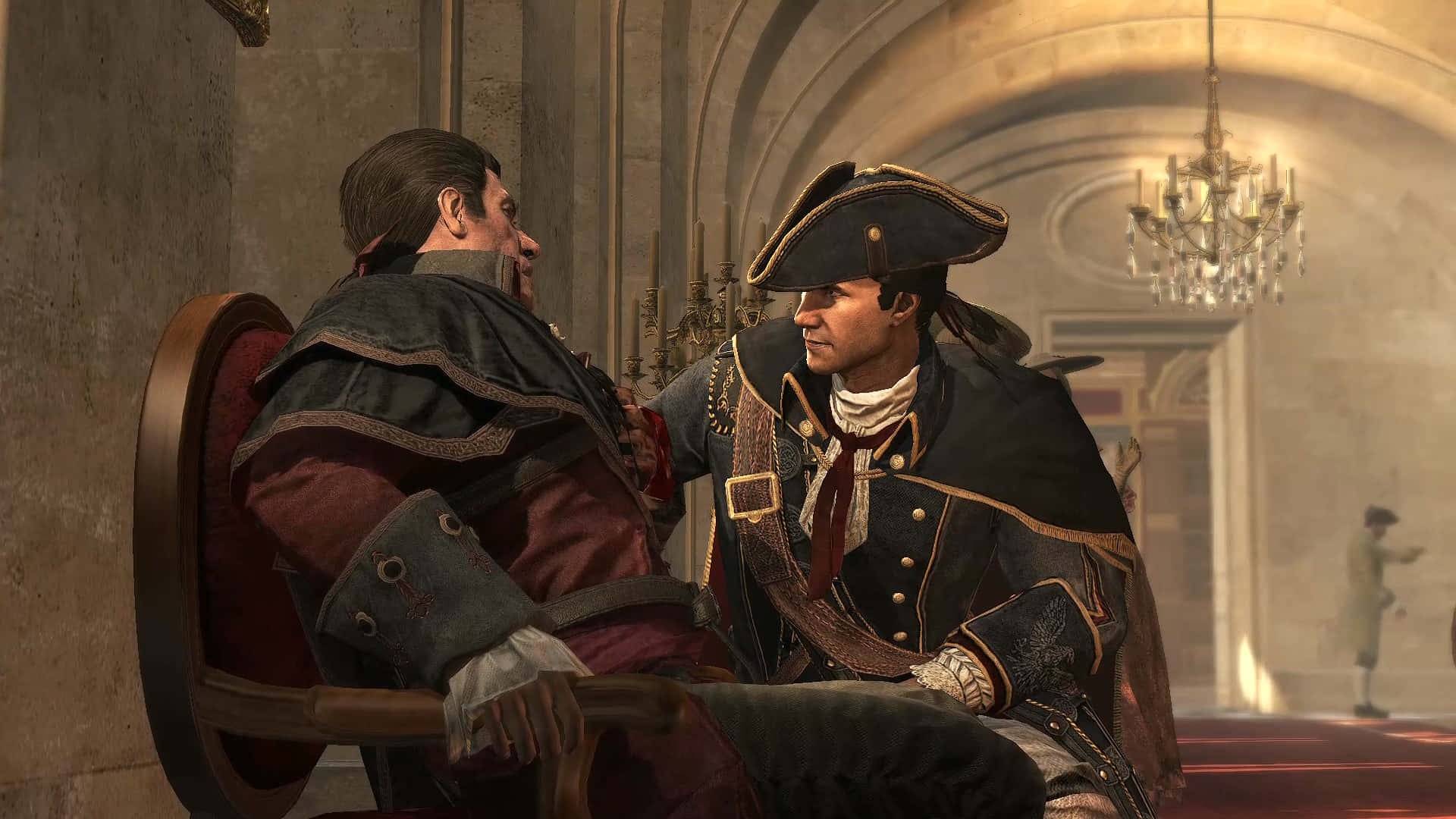One of the most iconic moments in the Assassin’s Creed series occurs early in Assassin’s Creed 3, when Haytham Kenway concludes his recruitment of a group believed to be assassins in the New World. At first glance, Haytham appears to embody the archetype of an assassin: he wields a hidden blade, exudes the charisma of series hero Ezio Auditore, and has up to this point acted heroically by freeing Native Americans from captivity and confronting British redcoats. However, the revelation comes when he utters the Templar mantra, "May the Father of Understanding guide us," exposing the twist that players have been unwittingly following the Templars, the sworn enemies of the Assassins.
This narrative twist showcases the pinnacle of Assassin’s Creed’s storytelling potential. While the original game introduced a compelling concept of tracking, understanding, and eliminating targets, it lacked depth in character development for both the protagonist Altaïr and his targets. Assassin’s Creed 2 improved with the introduction of the more charismatic Ezio, yet his adversaries, including Cesare Borgia in Assassin’s Creed: Brotherhood, were not as well-developed. It was not until Assassin’s Creed 3, set against the backdrop of the American Revolution, that Ubisoft crafted equally compelling narratives for both the pursuer and the pursued, creating a seamless narrative flow and a harmonious balance between gameplay and story that has not been replicated in subsequent titles.

Despite the positive reception of the more recent RPG-focused entries in the series, a consensus among fans and critics suggests that Assassin’s Creed is experiencing a decline. The reasons for this are debated, with some attributing it to increasingly fantastical elements like battles against mythological figures, or the introduction of romance options and historical figures like Yasuke in Assassin’s Creed Shadows. However, I believe the root cause lies in the series' shift away from character-driven storytelling, which has become overshadowed by the expansive, sandbox-style gameplay.
Over time, Assassin’s Creed has evolved its original action-adventure formula by incorporating RPG elements such as dialogue trees, XP-based leveling, loot boxes, microtransactions, and gear customization. While these additions have made the games larger, they have also contributed to a sense of emptiness, particularly in the storytelling and countless repetitive side missions. Although a game like Assassin’s Creed Odyssey offers more content than Assassin’s Creed 2, the quality of this content often feels less polished and more generic. The extensive dialogue options and multiple scenarios can dilute the narrative, making it difficult to maintain the same level of character depth seen in earlier, more focused titles.
This shift results in a less immersive experience, where the interactions with NPCs feel more like encounters with generic game characters than with complex historical figures. In contrast, the Xbox 360/PS3 era of Assassin’s Creed produced some of the most memorable writing in gaming, highlighted by moments like Ezio’s defiant speech after defeating Savonarola, and Haytham Kenway's poignant final words to his son Connor:
“Don't think I have any intention of caressing your cheek and saying I was wrong. I will not weep and wonder what might have been. I'm sure you understand. Still, I'm proud of you in a way. You have shown great conviction. Strength. Courage. All noble qualities. I should have killed you long ago.”

The narrative quality has also suffered from oversimplification in recent games, which often present a clear-cut moral dichotomy between Assassins and Templars. Earlier entries, such as Assassin’s Creed 3, delved deeper into the moral ambiguities, with each defeated Templar challenging Connor's (and the player's) beliefs. Characters like William Johnson, Thomas Hickey, and Benjamin Church use their final moments to question the righteousness of the Assassin cause, while Haytham attempts to undermine Connor's faith in George Washington, suggesting that the new nation might become as tyrannical as the monarchy it replaced. This nuanced storytelling, culminating in more questions than answers, significantly enhances the narrative depth.
Reflecting on the franchise’s history, the enduring appeal of tracks like "Ezio’s Family" from the Assassin’s Creed 2 soundtrack, composed by Jesper Kyd, speaks to the series' strength in character-driven narratives. These earlier games, particularly Assassin’s Creed 2 and 3, were fundamentally about the characters' journeys, with the music reflecting personal loss rather than just the historical setting. While I appreciate the expansive worlds and improved graphics of the newer Assassin’s Creed games, I hope the series might return to its roots of crafting intimate, character-focused stories. However, in today's market, dominated by large-scale sandboxes and games with live service ambitions, such a return may not align with current business models.








